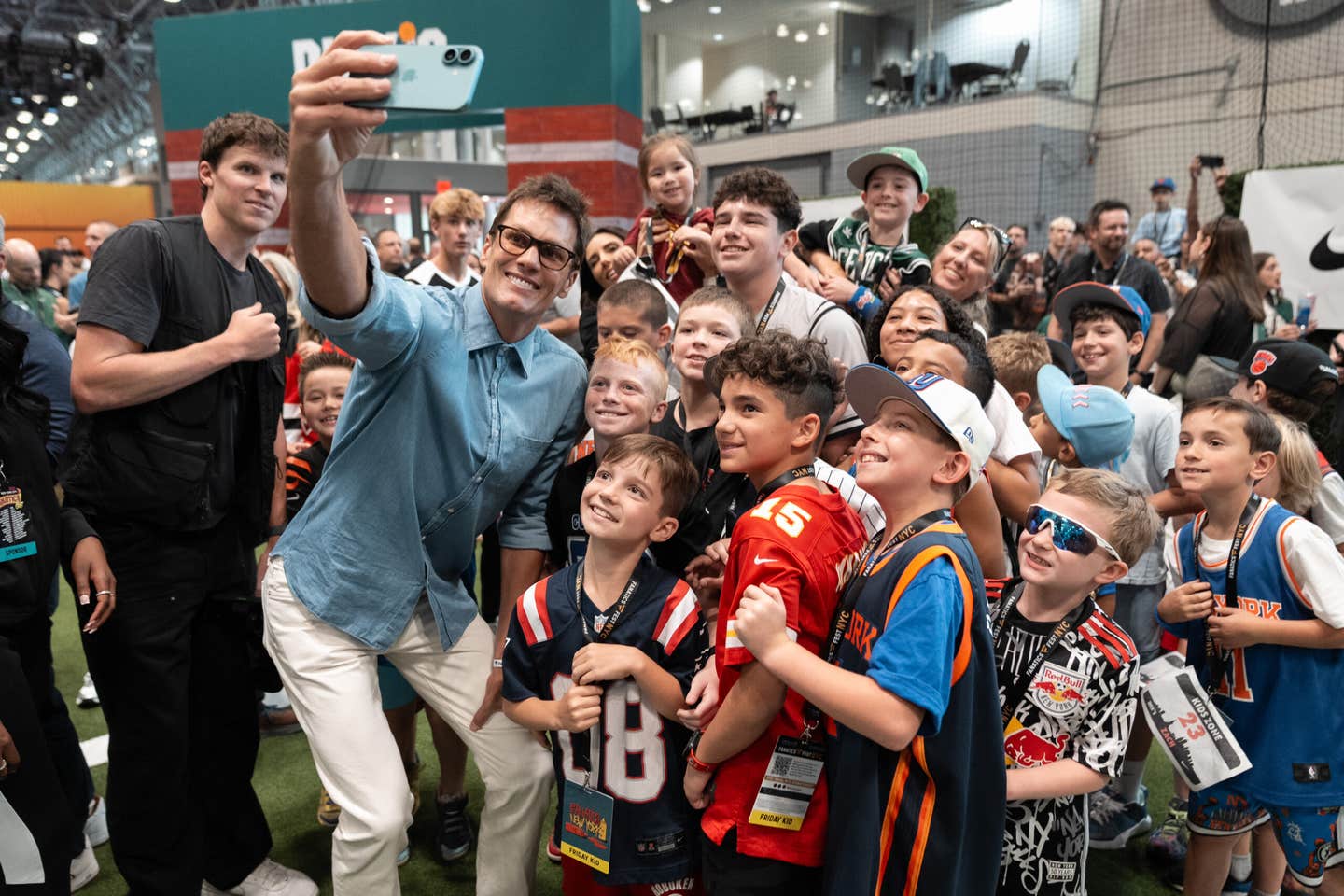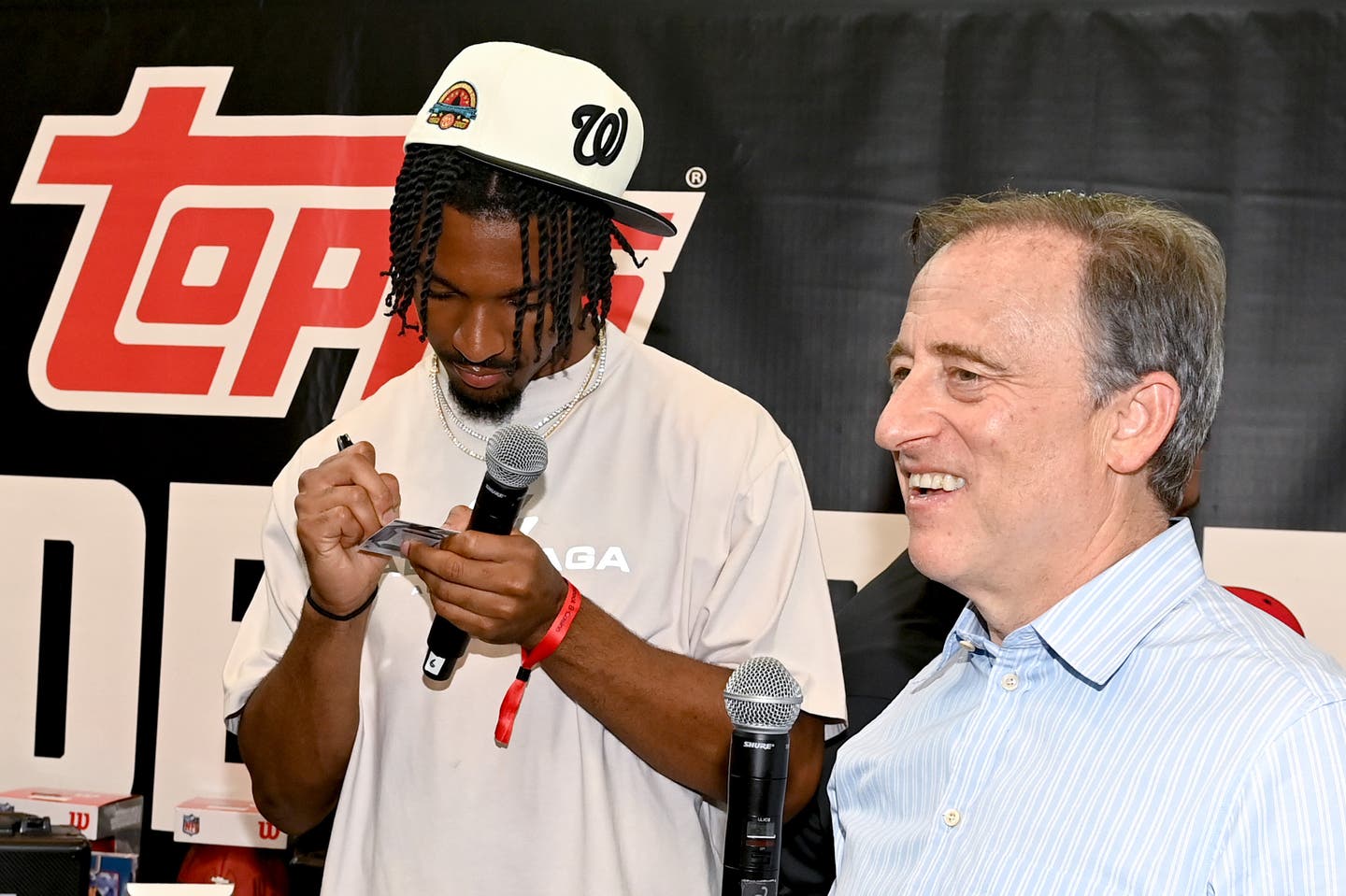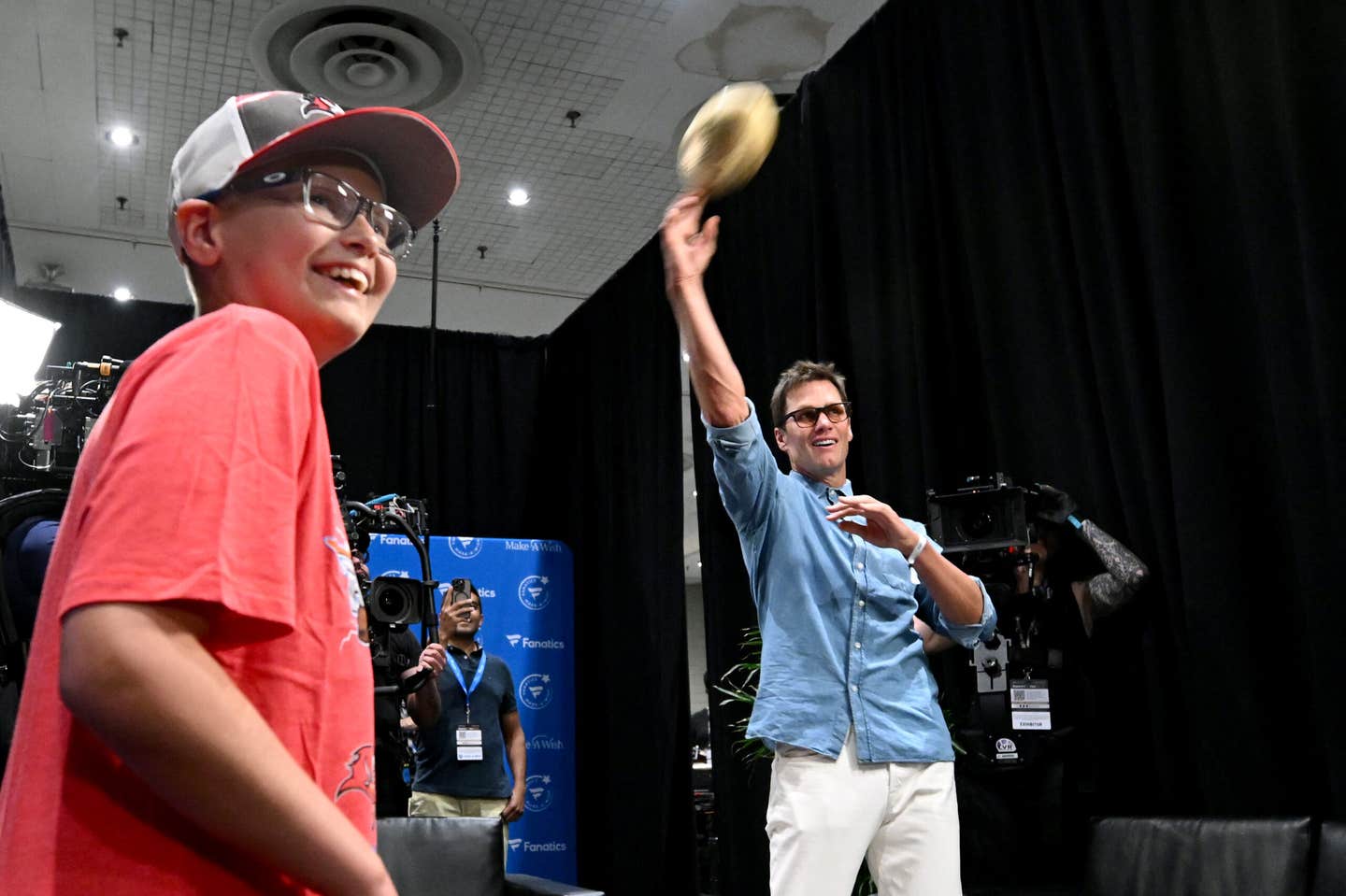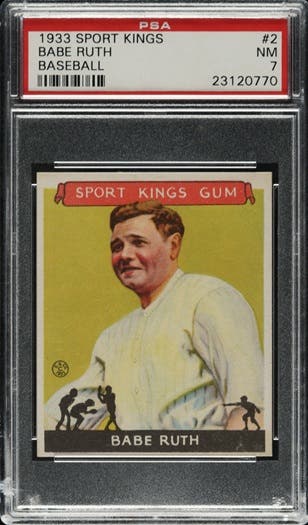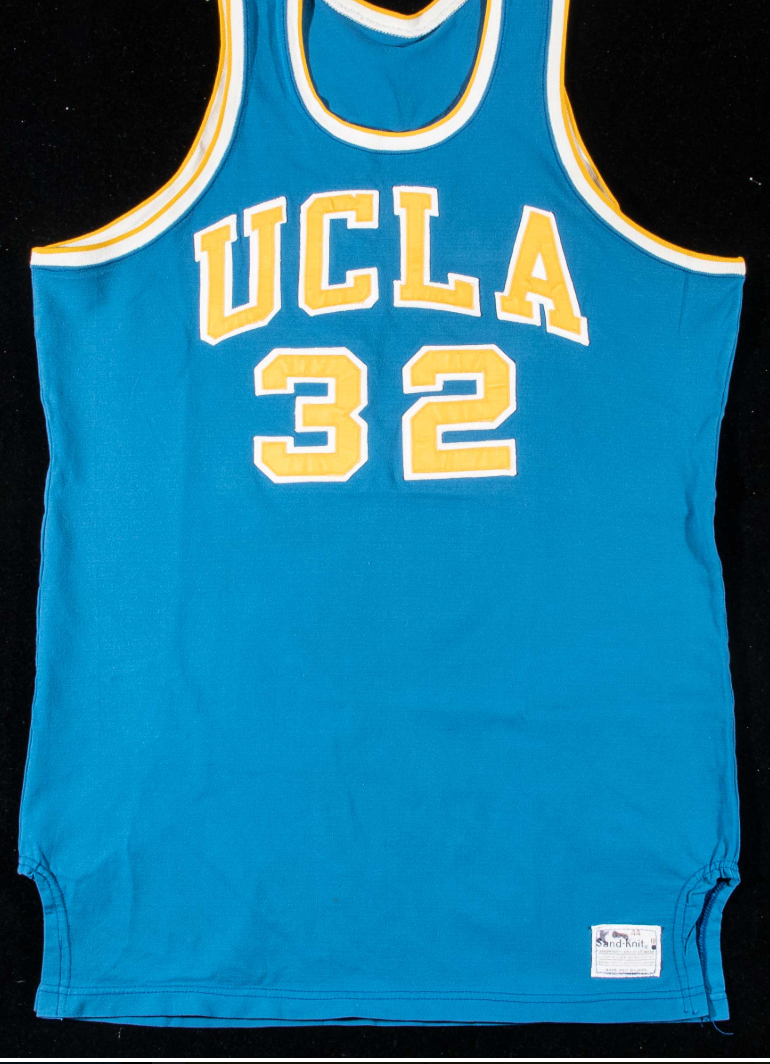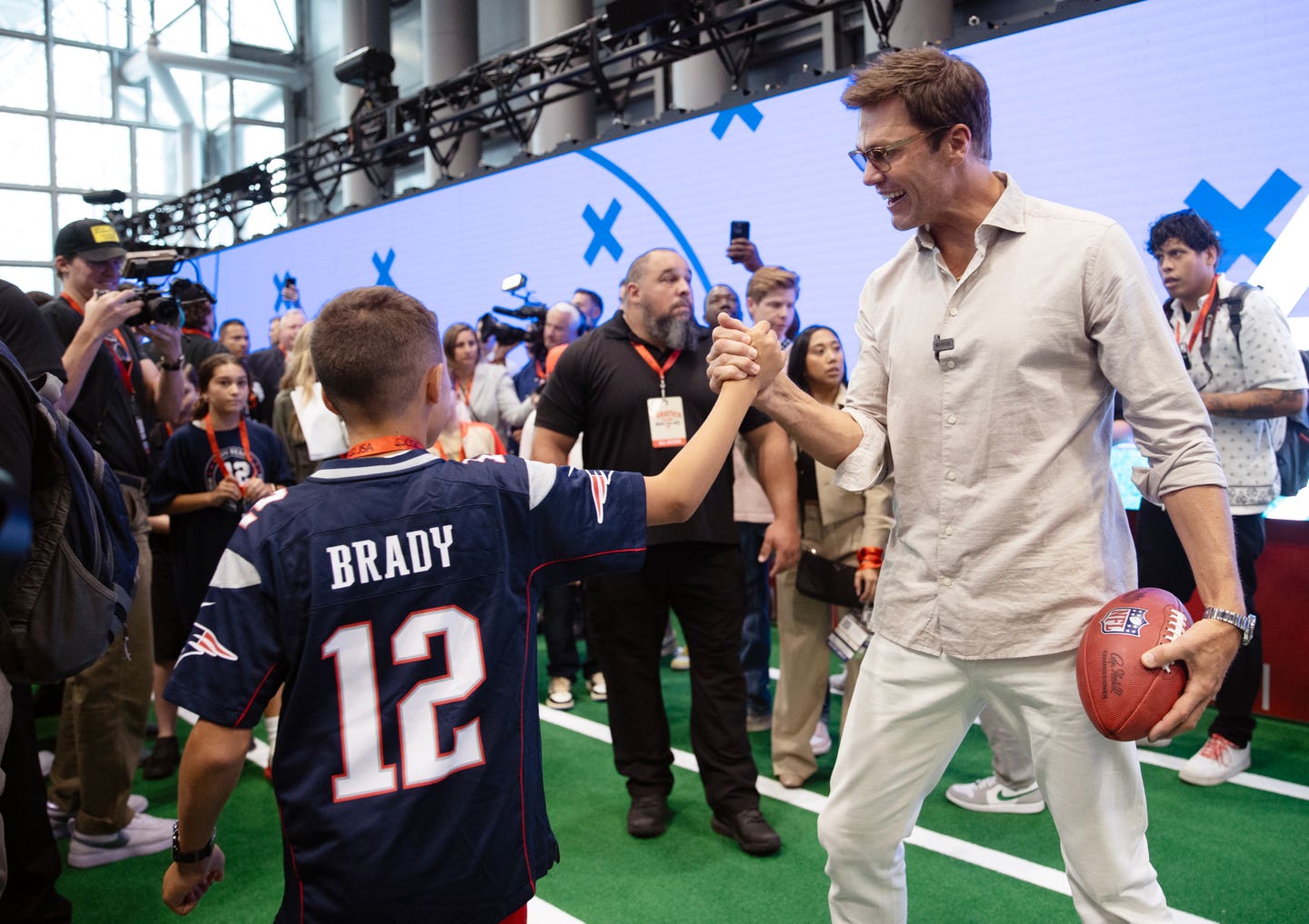News
Brooks Conrad, meet Felix Mantilla …
It will be interesting to see if Brooks Conrad is penciled into the Atlanta Braves lineup for tonight’s Game Four of the National League Division Series in Atlanta. His three errors Sunday, coming as they have after a startling string of miscues for a player largely regarded as a defensive question mark anyway, puts Braves skipper Bobby Cox in a tough position as his club faces elimination at home in a series that they could have had handsomely under control.
Cox’s dilemma is such that whatever course he chooses likely puts additional pressure on the journeyman infielder who was actually moved to second because of concerns about his ability to make the longer throw from third. One supposes that Conrad was the best option at third base that Cox had or he wouldn’t have been there in the first place. It seems like a decision to yank him at this point would essentially be the end of the line for the ballplayer, or at the very least the end of his tenure in Atlanta.
His difficulties at second this year will likely prompt recollections of other postseason mishaps, with Mike Andrews’ situation in the 1973 World Series one of the likely candidates. Playing in the first World Series where I was in a position to actually watch my Mets – I’d missed all of 1969 because I was overseas in the Navy – my guys pulled out a wild one in Game Two, defeating the Oakland A’s in 12 innings.
Andrews committed two errors in that game, prompting A’s owner Charlie Finley, who makes Mark Cuban look like Dr. Phil, to bully Andrews into signing a document saying he was disabled. It was a ham-handed move even for Finley, and Commissioner Bowie Kuhn, stepped in by Game Four to get Andrews reinstated.
Andrews appeared as a pinch hitter late in that game, grounded out after getting a standing ovation from sympathetic Mets fans, and then was ordered benched by Finley for the duration. The “duration” ended up being eternity; he never played another major league game.
I’m not suggesting that will happen to Conrad, and to prove it I’ll mention another awkward postseason moment for a second sacker that had a happier ending. The first MLB game I remember seeing live on television was the second playoff game in 1959 between my Braves (still in Milwaukee) and the Dodgers.
Felix Mantilla made a throwing error in the 12th inning that sent home the Dodgers’ winning run and sent them into the World Series against the White Sox. Though we couldn’t have known it at the time, it was also the beginning of the end of the Braves’ whirlwind romance in Wisconsin; they would spiral down slowly for the next six seasons before packing up and heading to – wait for it – Atlanta in 1966.
Despite my vivid recollection of watching that anguished moment in a darkened living room illuminated only by the flickering black-and-white images on the tiny television screen, it seems I remembered it incorrectly. I’d had the ground ball going between Mantilla’s wickets, when in fact a bit of research shows he made a fine play on a tough chance over the bag and was just off enough on the throw to cause all that mayhem.
This is vindication nearly a half century later for the player who actually started me collecting baseball cards. Mantilla’s 1959 Topps card was the first card I remember getting in a pack, and I was smitten. With baseball cards that is, not necessarily Felix Mantilla. With the Powder Blue background and the Brave’s colorful uniform, I was hooked on the cardboard for good.
And Mantilla went on to bigger and better things, including inclusion in one of the great whimsical clubs in MLB history as an original member of the 1962 Mets. A couple of years later he would suddenly sock 30 home runs for the Red Sox, a power surge that would have had reporters peeking into his locker for the androstenedione had there been such a possibility at the time. Most generally the explanation was placed at the feet of the Green Monster in Fenway.



